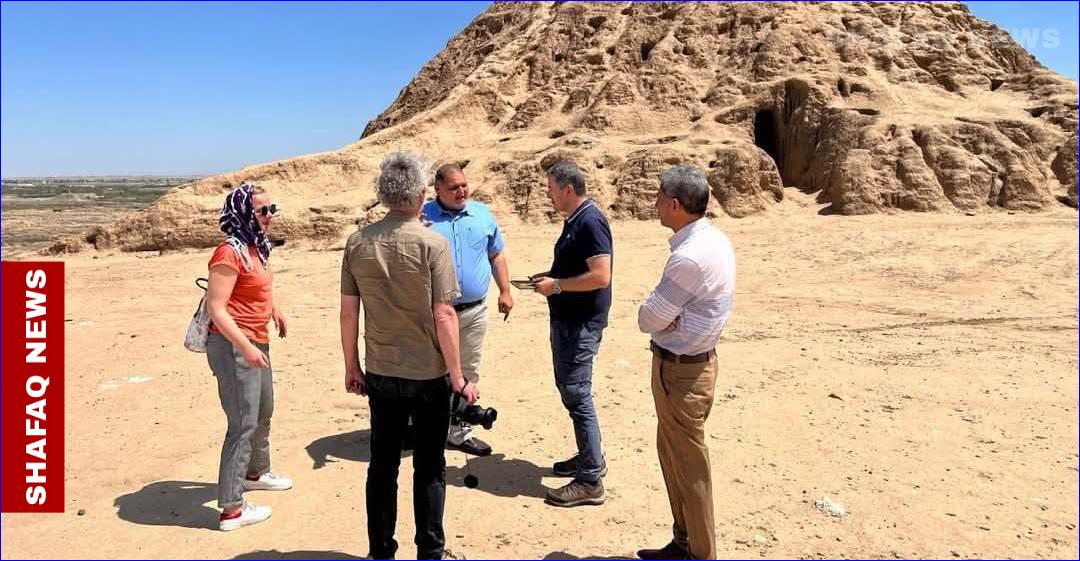


.Speaking to Shafaq News Agency, site director Salem Abdullah said the German team has conducted seasonal excavations at Ashur for the past three years, working two months annually, followed by documentation and analysis.
The latest finds--graves and skeletal remains--were uncovered across three layers: Parthian, Hellenistic-Seleucid, and the original Assyrian stratum, the site's deepest and most significant.
"The goal is to reach the core of the original Assyrian city," Abdullah said, adding that the discoveries highlight Ashur's long-standing role as a cultural and political hub.
A UNESCO delegation also visited the site, praised its historical value, and called for urgent restoration of the Ashur ziggurat, which was damaged by recent earthquakes and rain.
Situated along the Tigris River in Nineveh Province near Sharqat, Ashur was the first religious and political capital of the Assyrian Empire and is named after its chief deity, Ashur.

or register to post a comment.